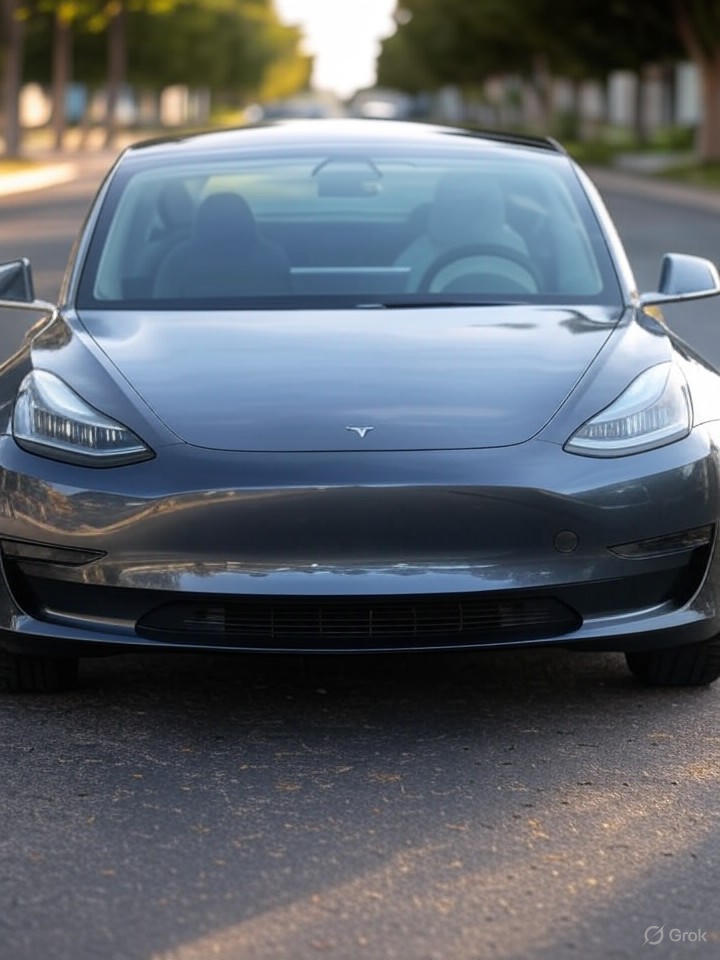In a surprising turn for the automotive sector, electric vehicle registrations in the United States have climbed 7% in 2025, pushing EVs to a 7.5% share of the overall vehicle market. This uptick, while modest compared to global trends, signals a resilient demand amid economic headwinds and policy shifts. Data from industry trackers indicate that despite challenges like fluctuating battery prices and charging infrastructure gaps, consumers are increasingly opting for battery-powered models over traditional combustion engines.
Analysts point to several factors driving this growth. Enhanced federal incentives, though recently scaled back, have played a role, alongside improvements in vehicle range and affordability. For instance, models from leading manufacturers have seen registrations surge, with Tesla continuing to dominate the segment. This comes as total new vehicle sales show mixed performance, highlighting EVs as a bright spot in an otherwise cautious market.
Rising Momentum in Key Regions and Models
Breaking down the numbers, regions like California and the Northeast have led the charge, accounting for a disproportionate share of new EV registrations. According to reports from CleanTechnica, plugin vehicles globally reached a 25% market share in May 2025, providing a stark contrast to the U.S. figure but underscoring potential for catch-up. In the U.S., Tesla’s Model Y and Model 3 remain top sellers, with quarterly sales figures showing robust performance despite year-over-year dips in some periods.
Industry insiders note that this 7% rise translates to over 600,000 EV registrations in the first half of 2025, a record that edges out previous highs. Posts on X from automotive experts highlight Tesla’s commanding 40%+ market share in Q2, with models like the Chevrolet Equinox gaining ground. This diversification suggests that legacy automakers are finally making inroads, challenging Tesla’s long-held supremacy.
Policy Impacts and Consumer Sentiment
However, the path forward isn’t without obstacles. Recent policy changes, including the reduction of EV tax credits, have sparked debates about future growth trajectories. A post on X from market analysts predicts that without incentives, EV adoption could slow, yet current data shows resilience. For example, WebProNews reports a 27% global surge in EV sales for 2025, even as U.S. policies create headwinds, with China and Europe driving much of the momentum.
Consumer sentiment, as gauged through social media and sales data, reveals a split: enthusiasm for lower operating costs and environmental benefits versus concerns over charging availability. In states like Mayo, Ireland—though not U.S.-centric—similar spikes in registrations, up 64% as per the Irish Independent, offer comparative insights into how incentives and infrastructure can accelerate uptake.
Market Projections and Aftermarket Growth
Looking ahead, projections from GlobeNewswire suggest the EV aftermarket could balloon to $351.59 billion by 2034, fueled by rising registrations. This includes accessories, maintenance, and upgrades, pointing to a maturing ecosystem. In the U.S., with EVs at 7.5% market share, experts forecast a climb to 10% by year’s end, driven by new model launches and competitive pricing.
Yet, challenges persist, such as supply chain vulnerabilities for batteries and semiconductors. Data from the European Automobile Manufacturers’ Association shows battery-electric vehicles at 15.3% in Europe year-to-date, a benchmark the U.S. aims to approach. As registrations continue to rise, stakeholders from Detroit to Silicon Valley are watching closely, betting on innovation to sustain this electric evolution.
Economic Implications for Automakers
For automakers, this 7% registration increase underscores the need for strategic pivots. General Motors and Ford have ramped up EV production, with GM surging in recent months per S&P Global Mobility data shared on X. This competitive dynamic is reshaping alliances and investments, with billions poured into battery plants expected to yield 400 gigawatt-hours of capacity by year’s end.
Ultimately, while the 7.5% market share may seem incremental, it represents a foundational shift. As CBT News notes, EV sales rose 9% year-over-year in Q1 2025, despite lagging public charging infrastructure. Industry leaders anticipate that overcoming these hurdles could propel EVs toward mainstream dominance, transforming mobility in profound ways.




 WebProNews is an iEntry Publication
WebProNews is an iEntry Publication